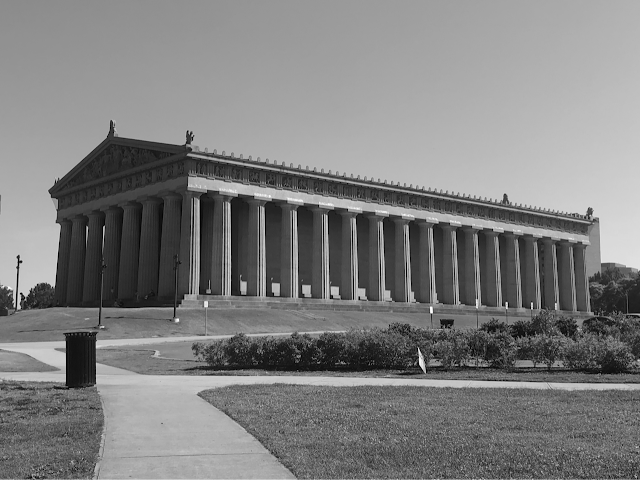Popular media frequently portrays Western Europe in 700 AD as being in a state of extreme darkness, degeneration, and ignorance. This narrative has a strong hold on the public's imagination. The emphasis in this portrayal typically centers on the ruins of Roman cities as reminders of a bygone era when barbarian settlements devoid of Roman legacy of knowledge, order, and culture stood in its place. The transcript, however, challenges this perception, suggesting that the reality of this era was far more nuanced and complex.
In examining the differences between Britain and Mainland Europe post-Roman Empire, a contrasting picture emerges. Britain experienced a drastic decline in urbanism and Romanized lifestyle following the Anglo-Saxon invasion around 450 AD, leading to the abandonment of many Roman cities and the cessation of Roman traditions. Mainland Europe, on the other hand, displayed remarkable continuity with its Roman past. Cities like Cologne, for instance, retained their Roman street plans and buildings well into the 800s AD, undermining the notion of a total collapse after the fall of the Roman Empire.
Archaeological findings have played a pivotal role in reshaping our understanding of this period. They reveal that many cities on the European mainland, contrary to the long-held belief of their decline, maintained their Roman character for centuries. These cities didn’t just preserve Roman architectural styles and urban layouts; they actively integrated them into the fabric of the new Germanic kingdoms. This adaptation and respect for the Roman legacy were particularly evident in the Frankish and Visigothic realms, where Roman structures were not only preserved but also repurposed and maintained.
The narrative culminates in painting a picture of 700 AD Europe that is markedly different from the bleak portrayal often seen in popular culture. In the territories of the former Western Roman Empire, cities like Paris, Toulouse, and Toledo continued to exhibit Roman characteristics. There was active urban life, ongoing trade, and a significant degree of cultural continuity. This suggests that the period was not as 'dark' as traditionally thought but rather a time of resilience, evolution, and integration of Roman influences, showing a civilization in transformation rather than in ruin.







